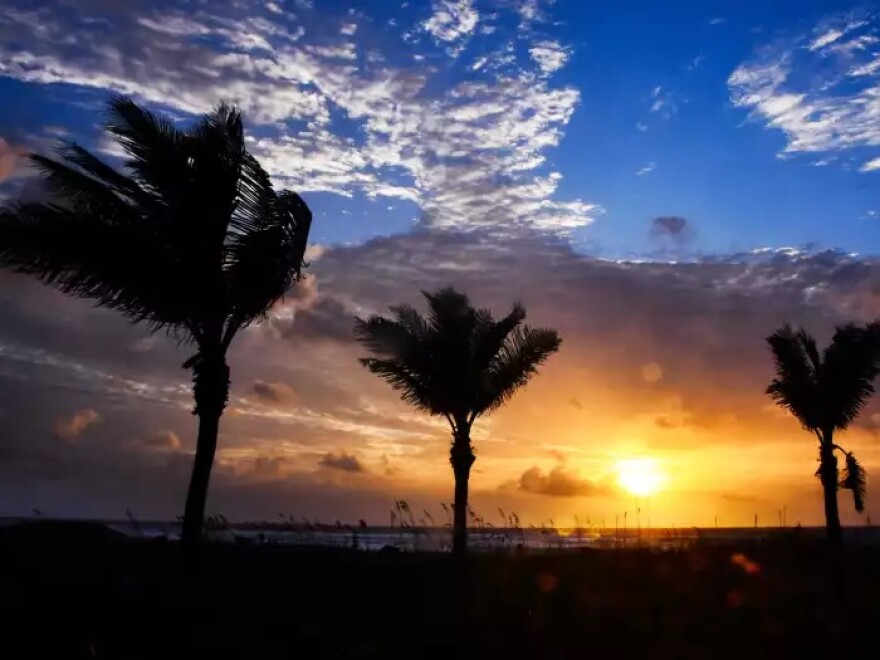Summer officially arrives in the Northern Hemisphere on Thursday, the earliest start to the season in over two centuries.
The summer solstice — the exact moment when Earth’s north pole is most tilted towards the sun — happens at 4:51 p.m. ET, according to the National Weather Service.
The phenomenon marks the longest day of the year (though the exact number of daylight hours varies by location) and the beginning of astronomical summer. Meteorological summer, in contrast, officially started on June 1 — the reason why millions of Americans were already under extreme heat advisories in the hours leading up to the solstice.
The timing of the summer solstice naturally fluctuates between June 20 and 22. But it’s an especially big deal this year, as it hasn’t happened this early since 1796.
That summer solstice happened on June 20 at 1:24 p.m. “Local Mean Time,” according to The Weather Network. It says LMT — used before the U.S. introduced standard time in the late 19th century — is close enough to ET that the comparison is valid.
At that point, George Washington was president of the U.S., which Tennessee had just joined as the 16th state.
What explains the solstice’s extra-prompt arrival, these 228 years later?
The shortest answer is quirks in the calendar.
A typical year has 365 days, but that’s not exactly how long the Earth takes to orbit the sun — it’s more like 365.24. To account for that extra quarter, the Gregorian calendar adds a day to February every four years: leap day.
The way the math works, solstices (and equinoxes) drift about 45 minutes earlier every four years. By the 2060s, leap year solstices will be earlier than anything in the 1700s, astrophysicist Ethan Siegel writes in Big Think.
That pattern is due to continue until 2096, which will see the earliest solstice of the century at 2:32 a.m. ET on June 20.
“It will be the only summer solstice that people in the Pacific time zone of the Americas will experience on June 19 for several hundreds of years!” Seigel adds.
Then, the calendar will reset. That’s because 2100 won’t be a leap year, since it’s one of those fun Gregorian exceptions that are divisible by 100 but not 400.
In the meantime, you don’t have to travel to Stonehenge or dance around a maypole to make the most of the summer solstice.
Among other ideas, you can look for the smallest shadows of the year, jump on fast-food freebies, refresh yourself on tips for staying safe in the heat and get ready to gaze at the Strawberry Moon, which will reach peak illumination in the U.S. just after 9 p.m. ET on Friday.

